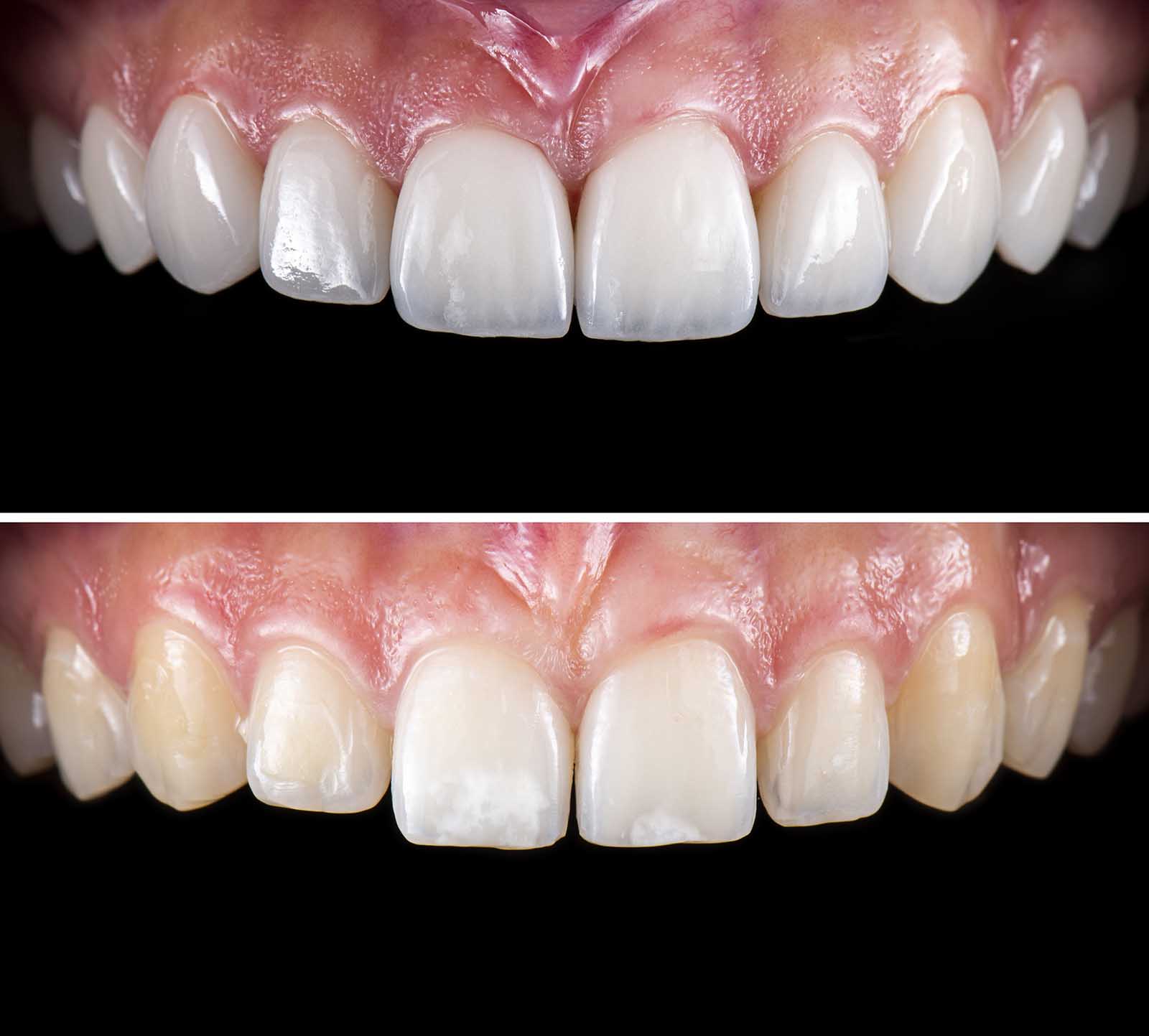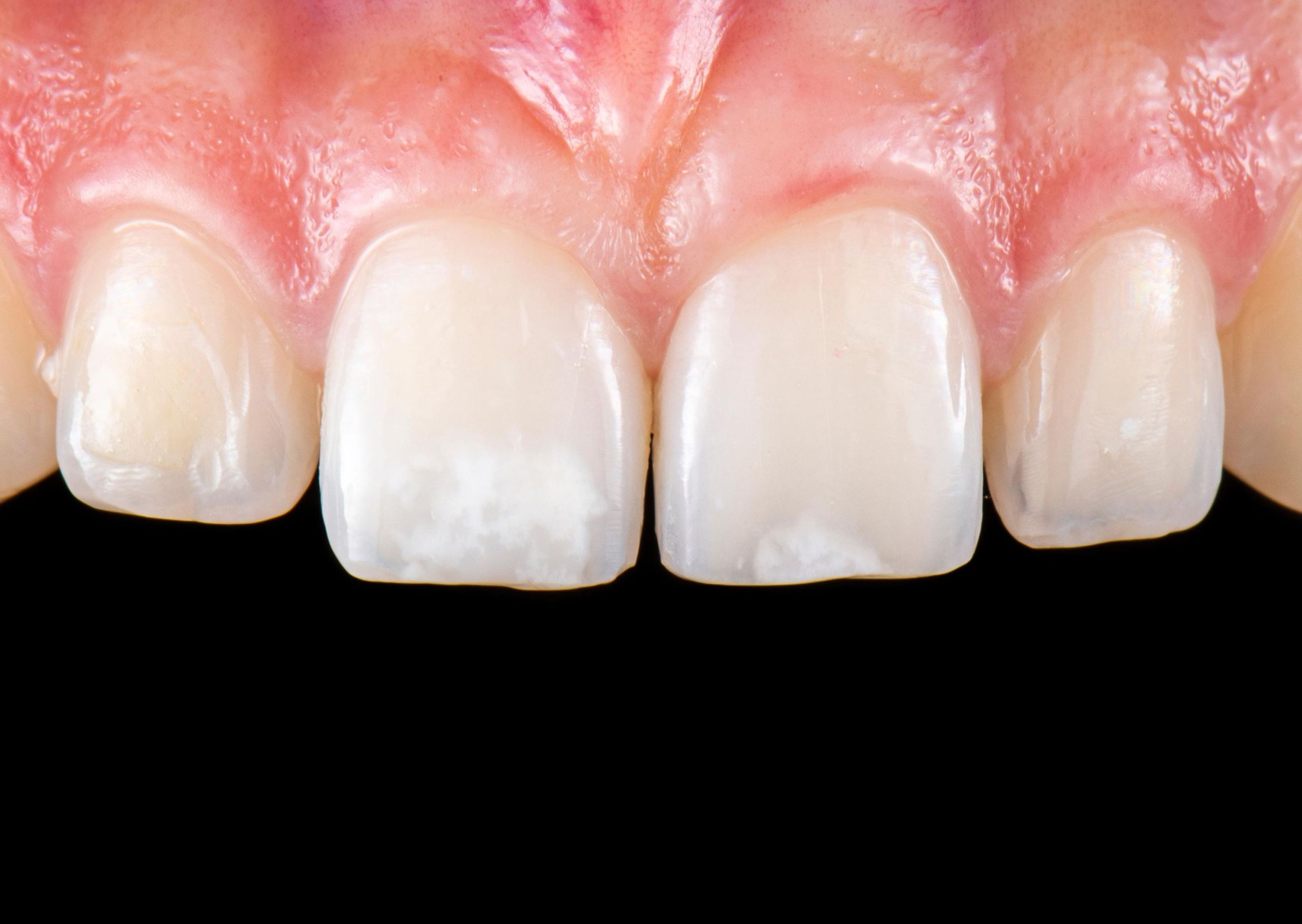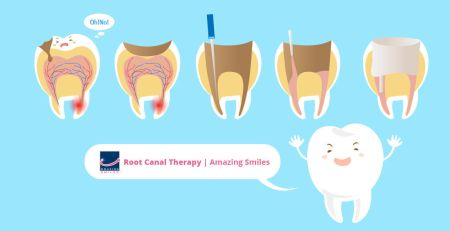Table of Contents
Enamel hypocalcification is a dental condition characterized by the insufficient mineralization of the dental enamel, the hard, protective outer layer of the teeth.
This condition can affect the appearance and structural integrity of teeth, making them more susceptible to decay and damage.
Enamel hypocalcification is often confused with dental fluorosis, but the two conditions have different causes and manifestations.
Causes of Enamel Hypocalcification
The development of enamel hypocalcification is linked to various factors, including genetic predispositions, environmental influences, and exposure to certain chemicals or medications during the crucial stages of tooth development.
In some cases, it is associated with nutritional deficiencies, particularly a lack of calcium or vitamin D, which are essential for healthy enamel formation.
Additionally, high fever or certain illnesses during childhood, when teeth are developing, can also contribute to this condition.
Identifying Symptoms of Enamel Hypocalcification
Enamel hypocalcification, a condition marked by the underdevelopment of dental enamel, manifests through various symptoms that can affect the appearance, sensitivity, and health of teeth.
Understanding these symptoms is crucial for early detection and treatment.
White Spots or Streaks on Teeth
One of the primary indicators of enamel hypocalcification is the presence of white spots or streaks on the teeth.
These marks signal areas where the enamel has not properly mineralized, resulting in lower mineral content.
These spots or streaks are not only cosmetic concerns but also indicate potential weaknesses in the tooth’s structure.
Discolouration of Teeth
Teeth affected by enamel hypocalcification may exhibit a yellowish or brownish discolouration.
This change in color is attributed to the thinning of the enamel layer, which allows the underlying dentin to show through.
The discolouration can vary in severity, from slight yellow tinges to more pronounced brown spots, depending on the extent of enamel loss.
Increased Sensitivity from Enamel Hypocalcification

A common complaint among individuals with enamel hypocalcification is increased tooth sensitivity to temperature changes or sugary foods.
This heightened sensitivity results from the compromised enamel layer, which normally acts as a protective barrier for the inner tooth.
With this barrier weakened, external stimuli can more easily reach the nerve-rich areas of the tooth, causing discomfort or pain.
Susceptibility to Decay
The weakened enamel associated with hypocalcification offers less resistance to the acids produced by bacteria in the mouth, leading to a higher risk of cavities and tooth decay.
The compromised enamel cannot effectively protect the tooth against the invasive action of bacteria, making diligent oral hygiene and regular dental check-ups even more essential for individuals with this condition.
Understanding these symptoms can aid in the early detection of enamel hypocalcification, paving the way for timely and effective treatment options to preserve dental health and prevent further complications.
Exploring Dental Treatment Options for Enamel Hypocalcification
Enamel hypocalcification presents a unique challenge to dental health, requiring specific treatments aimed at both cosmetic and structural restoration.
The approach to treatment varies depending on the severity of the condition and focuses on enhancing the teeth’s appearance while safeguarding against further deterioration.
Strengthening Teeth with Topical Fluoride Applications
A foundational treatment for enamel hypocalcification involves the application of topical fluoride directly onto the affected teeth. This method aims to bolster the remaining enamel, making it more resistant to decay.
Fluoride treatments are a straightforward yet effective way to enhance tooth durability and are often among the first steps taken in managing enamel hypocalcification.
Achieving Aesthetic Improvement through Dental Bonding
For patients concerned about the visual impact of enamel hypocalcification, dental bonding offers a viable solution.
In this process, a tooth-colored resin material is meticulously applied to the teeth to mask discolourations and surface irregularities.
Dental bonding is particularly appealing for its ability to quickly improve the appearance of teeth without invasive procedures.
Utilizing Veneers for Significant Discolouration or Damage from Enamel Hypocalcification

When enamel hypocalcification results in considerable discolouration or damage, porcelain veneers can provide a transformative cosmetic solution.
Veneers are thin, custom-made shells designed to cover the front surface of teeth, offering a natural and healthier appearance.
This option is favored for its durability and the substantial aesthetic enhancement it provides.
Restoring Teeth with Dental Crowns
In cases where teeth are severely weakened or decayed, dental crowns serve as an essential treatment option.
Crowns are used to entirely cover or “cap” a damaged tooth, restoring its shape, strength, function, and appearance.
This method is particularly beneficial for teeth that have suffered extensive damage, providing a long-term solution for maintaining dental health.
Emphasizing the Importance of Preventive Care
Integral to managing enamel hypocalcification is a proactive approach to preventive care. This encompasses regular dental check-ups, maintaining diligent oral hygiene practices, and adopting a healthy diet to support dental health.
Preventive care is crucial for identifying potential issues early on and preventing further damage to teeth already affected by hypocalcification.
Through these varied treatment options, individuals dealing with enamel hypocalcification can achieve both improved dental health and confidence in their smiles.
Each treatment plays a vital role in the comprehensive management of this condition, tailored to meet the specific needs and goals of the patient.
Embrace a Brighter Smile with Amazing Smiles Dental Care
In navigating the complexities of enamel hypocalcification, it’s clear that early intervention and professional care are paramount to maintaining not only the health but also the beauty of your smile.
While the condition presents its challenges, the array of modern dental treatments offers a beacon of hope for those affected.
From the reinforcement provided by topical fluoride applications to the transformative potential of veneers and dental crowns, there is a pathway to a healthier, more radiant smile for everyone.
Early diagnosis and treatment are key to managing enamel hypocalcification effectively.
Parents should ensure their children receive regular dental check-ups, especially if they notice any discolouration or changes in their child’s teeth.
With the right care and treatment, individuals with enamel hypocalcification can maintain healthy, functional teeth and a confident smile.
At Amazing Smiles, we understand the impact that dental health has on your overall well-being and confidence.
Our dedicated team of dental professionals is committed to providing personalized care that addresses not just the symptoms of enamel hypocalcification but also the aesthetic concerns that accompany this condition.
With state-of-the-art technology and a patient-centered approach, we strive to create treatment plans that reflect your individual needs and goals.
We invite you to embark on your journey to a brighter, more confident smile with us at Amazing Smiles.
Whether you’re seeking preventive care to protect your dental health or looking for cosmetic solutions to enhance your smile, our clinic is equipped to offer the support and expertise you need.
Let us be your partner in achieving not only a stunning smile but also in fostering the long-term health of your teeth.
Remember, your smile is a powerful expression of who you are, and with the right care, it can shine brilliantly for years to come.
Contact Amazing Smiles today to discover how we can help you achieve the smile you’ve always dreamed of. Together, we can embrace a future where every smile is amazing.




